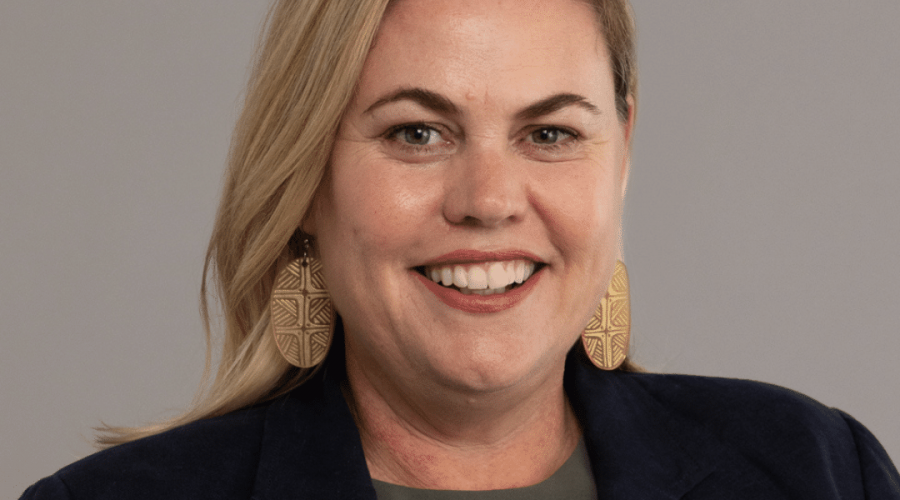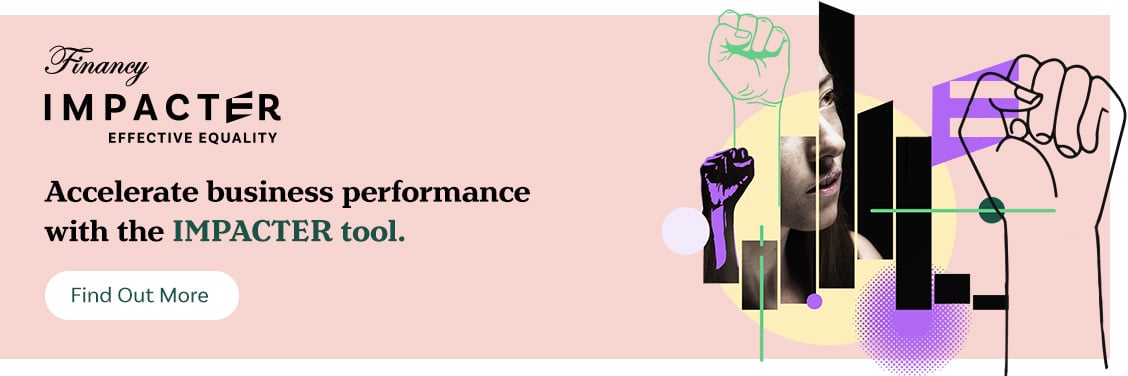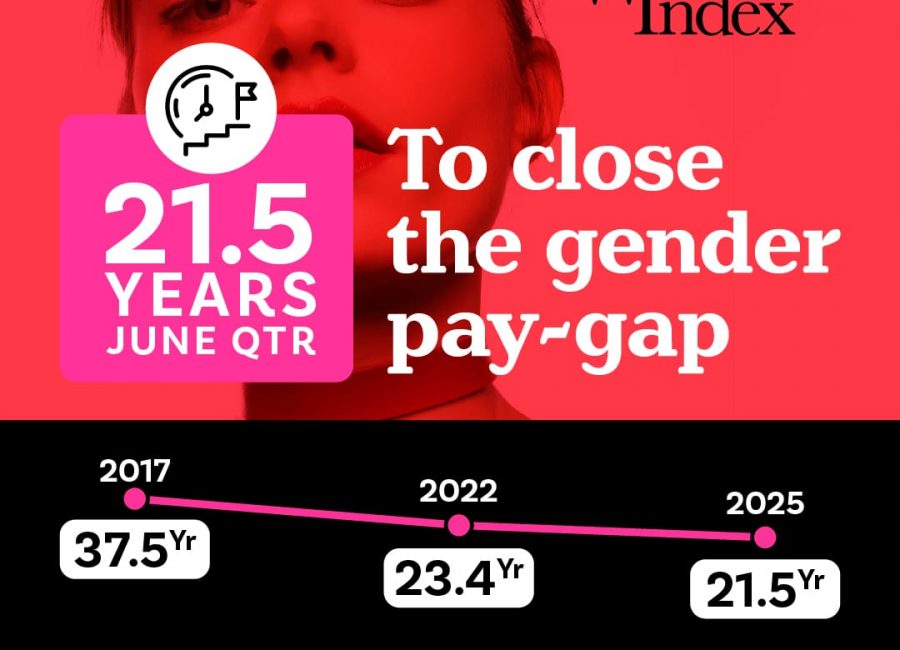“The rise is so significant that we are now teetering on the precipice of gender equality across the federal parliament,” says Licia Heath, CEO of Women for Election.
With the dust now settled on the federal election, you’ve likely seen reports of a rise in female politicians.
But the headlines don’t do it justice: the rise is so significant that we are now teetering on the precipice of gender equality across the federal parliament, with 112 of 226 upper and lower house seats now held by women. This means that female representation in the Australian Parliament has near doubled since 2002!
So what drove this change? Our analysis has uncovered three clear trends:
- Women were more electable than men – Women made up just 9% of all candidates in this election, down 2.2% from 2022. Yet, more women were elected. Women attracted votes. Excitingly, over 40 Women for Election alumni contested the election, representing 10 political parties.
- In safe seats, retiring men were replaced by women – Succession planning is a powerful tool. In several, mostly safe lower house seats women were preselected to replace the retiring male incumbent.
- In marginal seats – tenacity ruled the day – research shows that many women get elected on their second or third attempt. Building name recognition and a volunteer base within an electorate is a critical precursor to getting elected.
As CEO of an organisation focused on getting more women elected in Australia at all levels of government, and across the political spectrum, a question I am often asked is… why? Don’t we want the best person for the job?
And the fact is, I agree! We absolutely want to see the best people elected to our parliamentary chambers.
Unfortunately, structural barriers exist which means it can be hard for the best people to get elected. The traditional, “past its due date” referral to “merit” has traditionally excluded not only women, but other politically under-represented groups including First Nations and multicultural people, those with disabilities, the LGBTQIA+ community, and young people – not to mention those with intersectional identities.
A major study from King’s Global Institute for Women’s Leadership, London, found that when the proportion of women in a nation’s parliament increases, the policy outcomes for everyone in the community improves, not just for women and girls.
This increased gender representation also leads to an increased trust in democracy, greater collaboration across party lines, increased responsiveness to constituent concerns, as well as inspiring more women and girls to engage in politics.
This is a political future worth celebrating!












